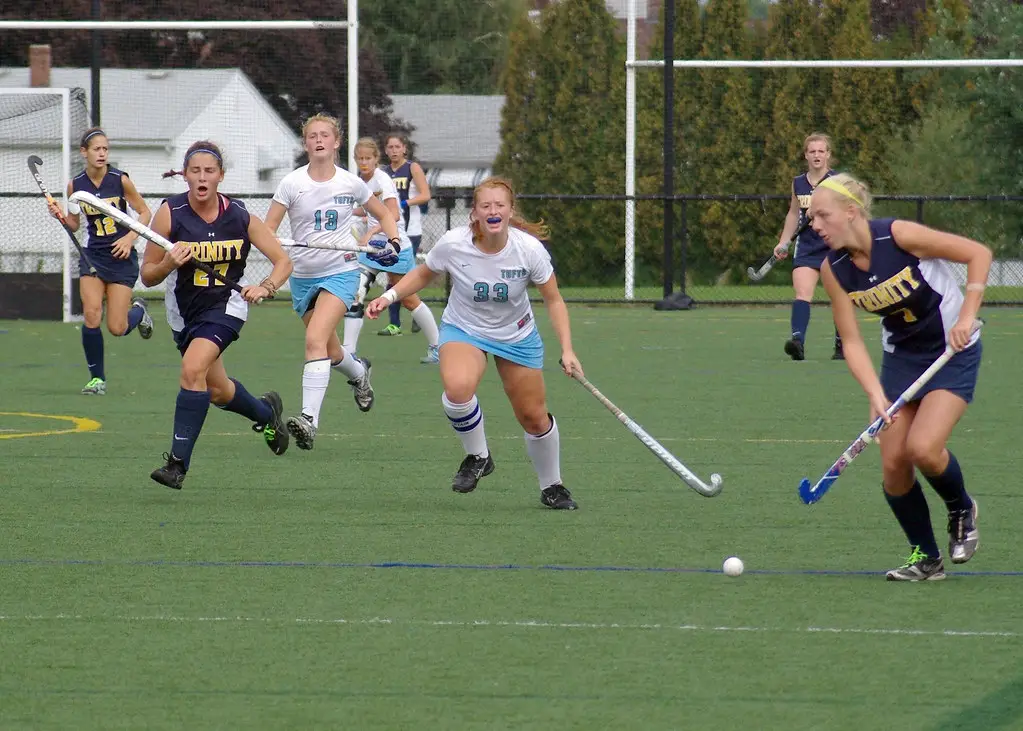What are the Different Player Positions in Field Hockey?
Field hockey is a popular team sport that requires players to take up different positions on the field. Each position has its own set of responsibilities and requires skill and strategy to be successful. In this blog post, we’ll explore what these positions are, how they work together to form an effective team, and some tips for playing them well.
Forward Positions
The forward positions in field hockey consist of two strikers, two wings, and one center-forward. The strikers’ primary responsibility is to score goals by shooting at goal or creating chances for other attackers. They should have good ball control skills as well as great vision when it comes to spotting open spaces on the pitch. The wings will often play a supporting role for their teammates by providing width for crosses into the box or running with the ball down either side of the pitch. The center-forward acts as a link between midfielders and attackers; they should have excellent passing accuracy and a good tactical understanding of how best to exploit space on the pitch.
Midfield Positions
The midfield consists of three players – left midfielder, right midfielder, and central midfielder – who act as both defenders and attackers depending on where possession lies at any given time during play. Left mids will mostly focus on defending against opponents coming down their right flank while right mids defend against attacks from their left flank; both must also be able to support attacking runs if necessary too! Central mids are responsible for providing defensive cover in front of their back line but also need an eye for scoring opportunities when possession swings towards them too! All midfielders must possess strong tackling ability along with great stamina levels due to covering large distances over each match’s duration so fitness training is essential here!
Defensive Position
The defensive unit consists of one goalkeeper plus four fullbacks: two stoppers (or sweepers) positioned just behind them plus two wingbacks who provide wide cover across both flanks from deep defense zones, respectively! As you can imagine this part of your squad needs some serious strength & speed qualities since they’re tasked with stopping opponents from getting through your backline, so physical prowess & smart reading skills combined make perfect sense here! Keeping clean sheets is paramount yet all players within this group need confidence going forward too – ranging passes out wide then perhaps joining later attacking phases via overlapping runs etc – all help build momentum which can break opposition teams apart eventually!!
Conclusion
Field hockey requires teamwork between all 11 players regardless of what position they may occupy within each formation chosen by coaches before kick off time inevitably arrives every week! Specialists exist everywhere, but overall team balance ensures success more often than not provided everyone takes up their respective duties diligently enough indeed throughout whatever match situation arises naturally over regular periods played out thereafter without fail hopefully!!

